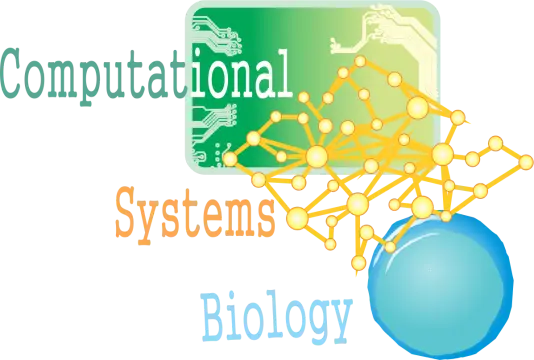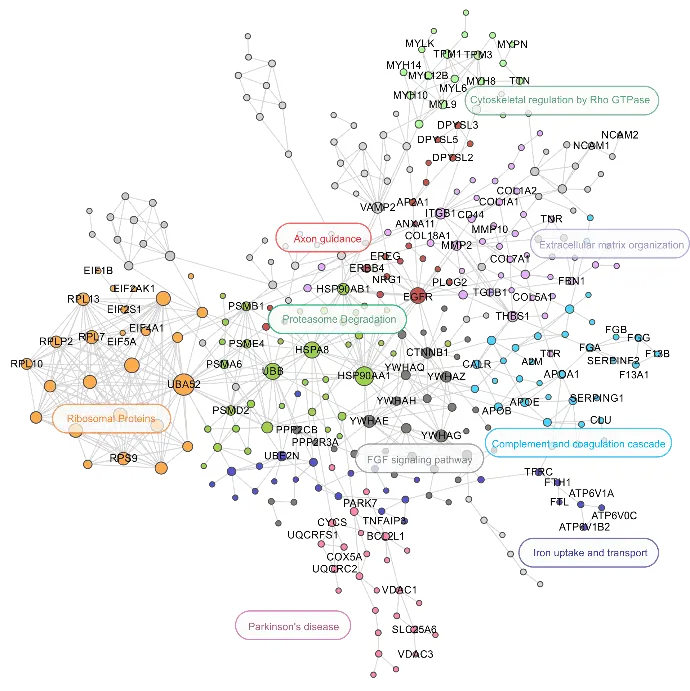What we can do, forNetwork Medicine
By CSBL Research
“Given the functional interdependencies between the molecular components in a human cell, a disease is rarely a consequence of an abnormality in a single gene, but reflects the perturbations of the complex intracellular
Tools and Databases
By CSBL Research
These are the tools and databases developed by our group. We have created webtools, R packages and scripts in Python, Perl, C, and even Alexa skills to allow non-bioinformaticians to perform advanced systems biology
Long non-coding RNAs
By CSBL Research
It is estimated that thousands of long non-coding RNAs (lncRNAs) are transcribed in the genome of several organisms. Yet, only a small fraction of them have been functionally characterized.
Systems Vaccinology
By CSBL Research 1 Comment
Systems vaccinology Copyright: Immunity. Systems vaccinology has recently emerged as an interdisciplinary field that combines systems-wide measurements, networks and predictive modeling in the context of vaccinology.

Are you a startup or a seasoned laboratory looking for a new instruments?
Are you an established research lab looking for ongoing creative services?
The Computational Systems Biology Laboratory (CSBL) is focused on applying advanced computational methods to understand complex biological systems. This interdisciplinary field combines computer science, mathematics, biology, and physics to study and model intricate biological processes, from cellular networks to organism-wide behaviors.
Core Research Areas:
Systems Immunology
CSBL emphasizes systems immunology, which uses computational approaches to study the immune system’s behavior as an integrated whole. This involves analyzing how different immune components (such as cells, molecules, and organs) interact dynamically over time in response to infections, diseases, or therapies. By using computational models, CSBL aims to predict immune responses under various conditions, contributing to the development of vaccines and immunotherapies. The lab focuses on understanding the complexity of immune interactions, including the innate and adaptive immune responses, by building predictive models that reflect how immune cells communicate through signaling networks.
Network Medicine
Another focus of the laboratory is network medicine, an emerging field where diseases are studied as complex networks of disrupted cellular pathways and gene interactions. Computational tools help researchers map out disease pathways and identify potential therapeutic targets. The lab analyzes biological networks by integrating multi-omics data, including genomics, transcriptomics, and proteomics, to identify the key molecular players in disease processes. This network-based approach helps in redefining diseases not only by their symptoms but by their underlying molecular pathways, potentially revolutionizing personalized medicine and drug discovery.
Non-Coding RNA Research
The role of non-coding RNAs (ncRNAs) in regulating gene expression and their involvement in diseases such as cancer and neurological disorders is a critical research domain for CSBL. Computational models are used to investigate the structure, function, and regulatory roles of ncRNAs, especially long non-coding RNAs (lncRNAs) and microRNAs (miRNAs), within cellular networks. This research aims to uncover how these ncRNAs influence gene expression and contribute to disease states, thus identifying them as potential therapeutic targets.
Computational Modeling and Simulation
The laboratory’s core competence lies in developing computational models that simulate biological processes at different scales—from molecular dynamics to cellular behaviors and even entire tissue interactions. These models help predict how complex biological systems evolve under different perturbations, such as drug interventions, genetic modifications, or environmental stressors. By simulating molecular and cellular processes, the lab generates hypotheses that can be tested experimentally, speeding up discoveries and reducing costs in biological research.
Tools and Methodologies:
CSBL utilizes a wide range of computational techniques and software for data analysis and modeling, including:
Machine Learning Algorithms: These are employed for pattern recognition in biological data, such as identifying biomarkers for diseases or predicting protein-protein interactions.
Agent-Based Modeling: This approach simulates individual cells or molecules as autonomous "agents" interacting within a system, enabling detailed predictions of system-wide behaviors.
Multi-Omics Integration: Combining data from genomics, proteomics, and transcriptomics to create holistic models that capture the multi-layered regulation of biological systems.
Educational and Collaborative Focus:
The Computational Systems Biology Laboratory is also heavily invested in bioinformatics education, providing workshops, courses, and toolkits for both novices and experienced researchers. By offering easy-to-use computational tools and fostering collaborations with biologists, the lab aims to bridge the gap between experimental biology and computational modeling. This educational effort ensures that the next generation of scientists is equipped with the necessary skills to tackle increasingly complex biological questions using computational methods.
Applications in Precision Medicine:
The insights generated by CSBL’s computational models are directly applicable to precision medicine, where the goal is to tailor medical treatments to the individual characteristics of each patient. By leveraging network medicine and multi-omics data, the lab’s models can predict disease progression and response to treatments, offering personalized therapeutic strategies. This approach not only enhances the effectiveness of treatments but also minimizes adverse effects, providing a more targeted and efficient healthcare system.
In conclusion, the Computational Systems Biology Laboratory stands at the forefront of integrating computational and experimental biology to unravel the complexities of biological systems. Through its interdisciplinary approach and focus on cutting-edge computational methods, the lab continues to make significant contributions to systems immunology, network medicine, and the study of non-coding RNAs, paving the way for new discoveries and innovations in precision medicine and beyond.







